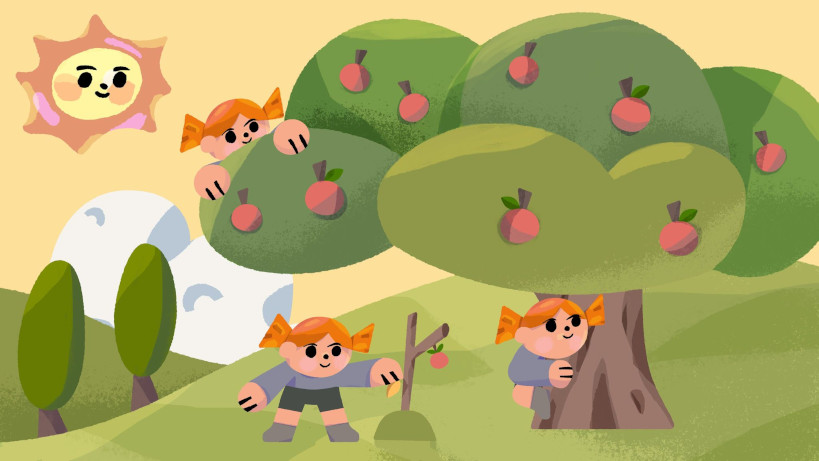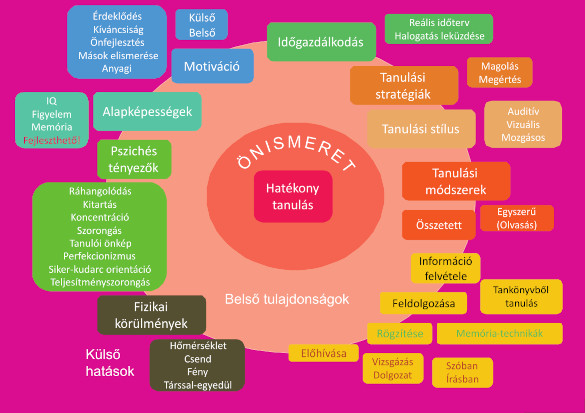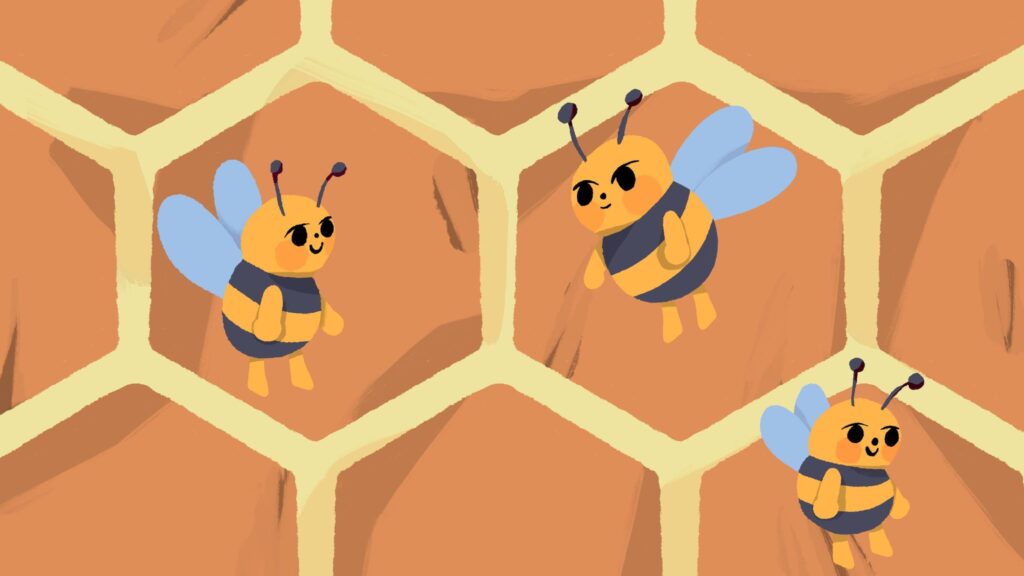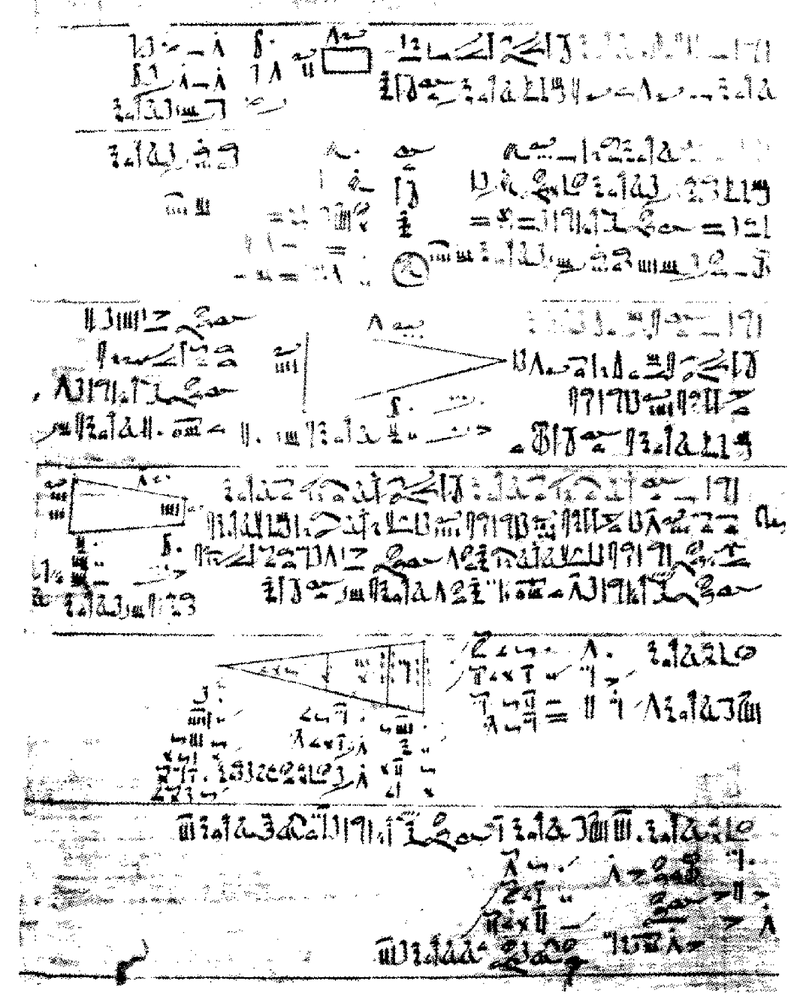
With the help of our methodological materials, learning the multiplication table can also become a rewarding experience, allowing everyone to embrace the joy of learning!
The methodology of learning offers numerous useful techniques that facilitate the efficient memorization and retrieval of material. When information reaches us through multiple senses, it is stored in our memory as part of a more complex network. This makes retrieval from long-term memory easier, as the information can be accessed in various ways. In acquiring theoretical knowledge, visual perception usually dominates, but experiences involving hearing, touch, smell, taste, and movement can also complement and enhance the knowledge gained.






The effectiveness of learning can be enhanced by the combined use of various sensory channels, that is, multimodality, possibly with the help of imagination. For example, while watching a multiplication table video, we can imagine the details of the landscape mentioned in the poem: what the temperature might be like, what smells or tastes are characteristic of that region. Such sensory experiences can interact with each other, thereby strengthening and deepening the knowledge acquired during the learning process.
Effective learning requires that both our body and mind are in the right state. When we are stressed, it not only affects our body but also limits our cognitive capacity, making learning more difficult. Therefore, it’s important to create a physical and mental state where our attention and memory are ready to absorb new information.
Our learning methodology materials also help achieve this positive state. Rhymes, music, joint reading, singing and dancing, as well as friendly illustrations and animations, all provide joyful experiences for children, parents, and educators. This stress-free state of mind not only improves concentration but also contributes to the optimal physiological condition necessary for learning. These positive experiences also have a beneficial impact on other areas of learning.


We’ve often heard that the multiplication table should be learned like a poem, one that we can recite flawlessly even when waking from a dream. It is indeed important to be able to quickly recall this knowledge in everyday life, but it is just as essential that there is understanding behind the „poem-like” learning. Understanding the connections provides a strong foundation for the multiplication table to be firmly anchored in memory in the long term. It is easier to remember things that we attribute meaning and significance to, rather than mere, meaningless data.
If we see that our child does not understand the multiplication table, it’s worth incorporating a game to help. Let’s turn the products into tangible experiences! For example, we can use beans, screws, or beads so that the numbers don’t remain abstract concepts but instead become an observable reality. This way, the learning process will not only be more effective but also more enjoyable.
Effective learning is influenced by numerous factors. It is important to be aware of the significance of learning self-awareness, as it helps set realistic expectations for ourselves or our children. Additionally, the learning environment, psychological factors, and the use of appropriate methods all play a significant role in the success of the learning process.
There are many helpful books available from which you can explore the topic in more depth.


Learning and the arts are closely interconnected, as both serve as tools for human creativity, expression, and development. The arts help develop emotional intelligence, which is crucial in the learning process. Creation and artistic activities stimulate the cooperation of the brain’s right and left hemispheres, fostering problem-solving and innovative thinking. Arts education is particularly effective in developing fine motor skills, concentration, and self-expression, all of which contribute to improved learning abilities. Studying the arts also provides cultural and historical perspectives, broadening an individual’s worldview. Moreover, creative activities reduce stress, which benefits the learning process. Group artistic projects strengthen communication and collaboration skills. Art can also serve as a learning tool, such as through drama or art-based pedagogical methods, to deepen knowledge. Overall, the arts and learning mutually enrich each other, contributing to holistic development.
Mathematics and the arts are often seen as distinct fields, but they are deeply interconnected in many ways. Both involve creativity, problem-solving, and the use of patterns, making them complementary rather than separate domains.
Geometry, for example, frequently appears in the visual arts, while symmetry and proportions, such as the golden ratio, form the foundation of harmony in works of art. There is also a close connection between music and mathematics, as rhythm, intervals, and scales are based on mathematical principles. Mathematical thinking helps develop problem-solving skills, which are crucial in the creative process. Furthermore, the visual and intuitive approach of the arts can facilitate the understanding of mathematical concepts, such as in the study of spatial geometry or fractals. In this way, the two fields enrich each other, contributing to the holistic development of learners.


The multiplication table is one of the fundamental tools in mathematics, helping with the quick and effective mastering of the multiplication operation. It typically contains the products of numbers from 1 to 10 or 12, providing a foundation for more complex calculations. Knowledge of the multiplication table is essential in daily life, such as during shopping, converting units of measurement, or calculating time. Learning it aids in memorization and understanding the relationships between numbers. There are many methods to practice, such as repetition, playful tasks, or visual representation, which help with quick retention. The multiplication table is a fundamental part of elementary school math education and is essential for acquiring further mathematical knowledge.
A variety of methods are used worldwide to teach multiplication tables and multiplication, with the aim of making understanding, memorization, and practice easier. Some popular approaches include:
Each method aims to make learning the multiplication table more enjoyable and effective, taking into account the different learning styles of students.


The multiplication table is one of the fundamental milestones in the mathematical development of humanity. Ancient civilizations already used tables to facilitate multiplication. The most well-known early example comes from ancient Babylon, where products were recorded on clay tablets using the base-60 numeral system. Ancient China also had a multiplication table, which was written on bamboo sticks and served as an important tool for learning.
The ancient Greeks, particularly Pythagoras, also contributed to the popularization of multiplication tables, as they believed in the fundamental role of numbers and ratios in the order of the universe. This is where the „Euclidean multiplication table” originated, which can be considered the precursor to modern tables.
In the Middle Ages, Arab mathematicians also used and further developed the multiplication table, especially after the spread of the decimal number system. During the Renaissance, the multiplication table became widespread in Europe, thanks to the advent of printing and the development of schooling.
Today’s multiplication table, in its simple and easily learnable form, was shaped over the past centuries and has become a cornerstone of mathematics education worldwide.
(The image shows the ancient Egyptian Rhind Papyrus from around 1750 BCE.)